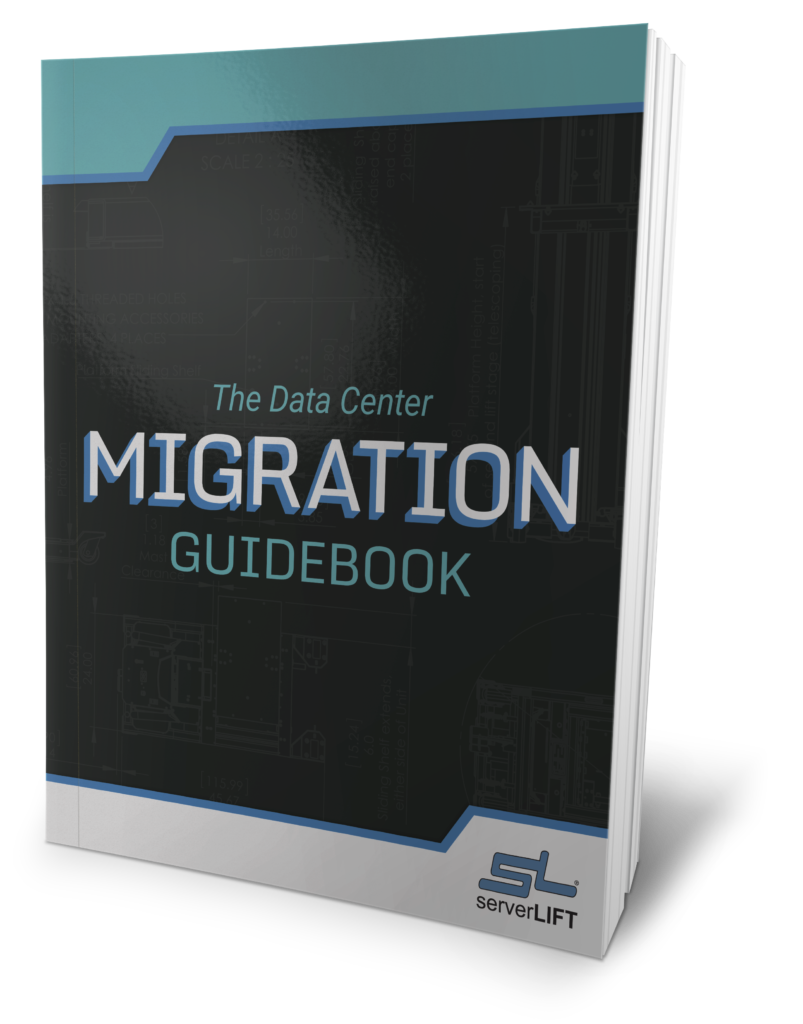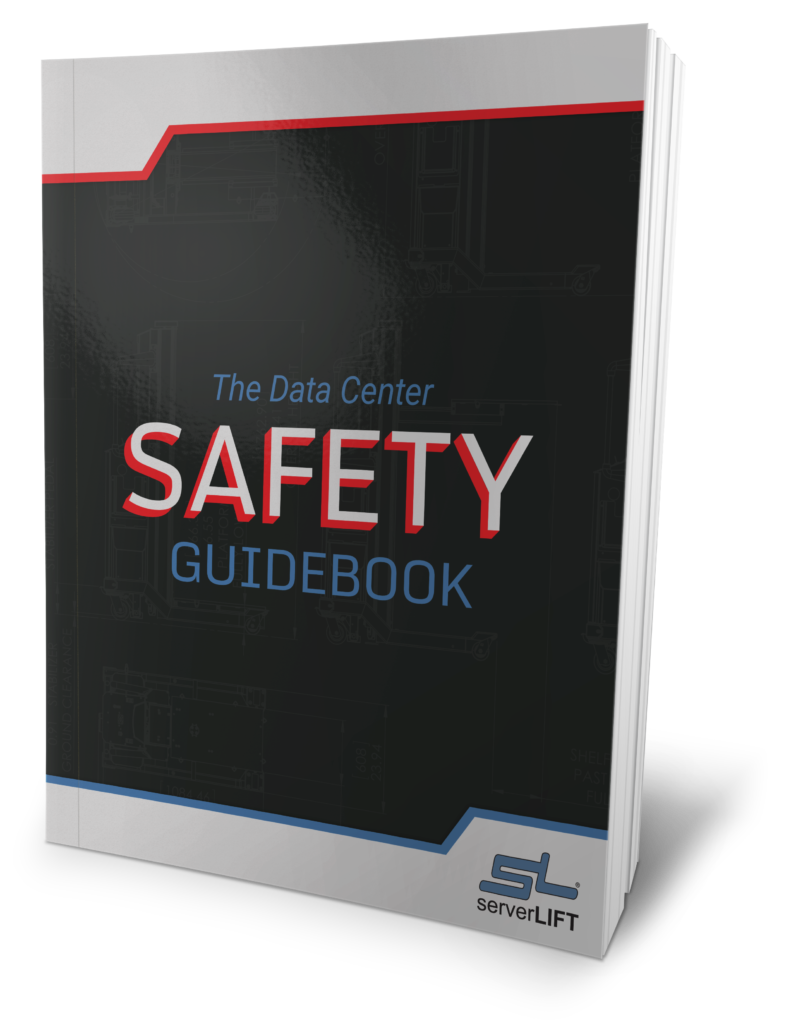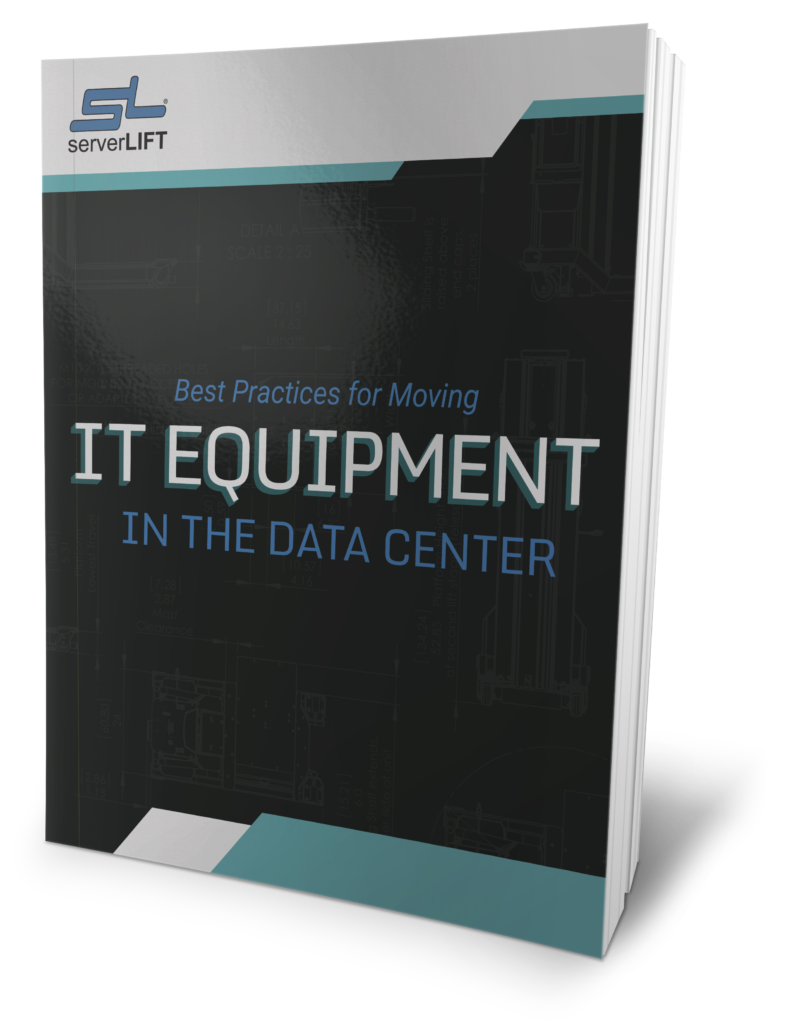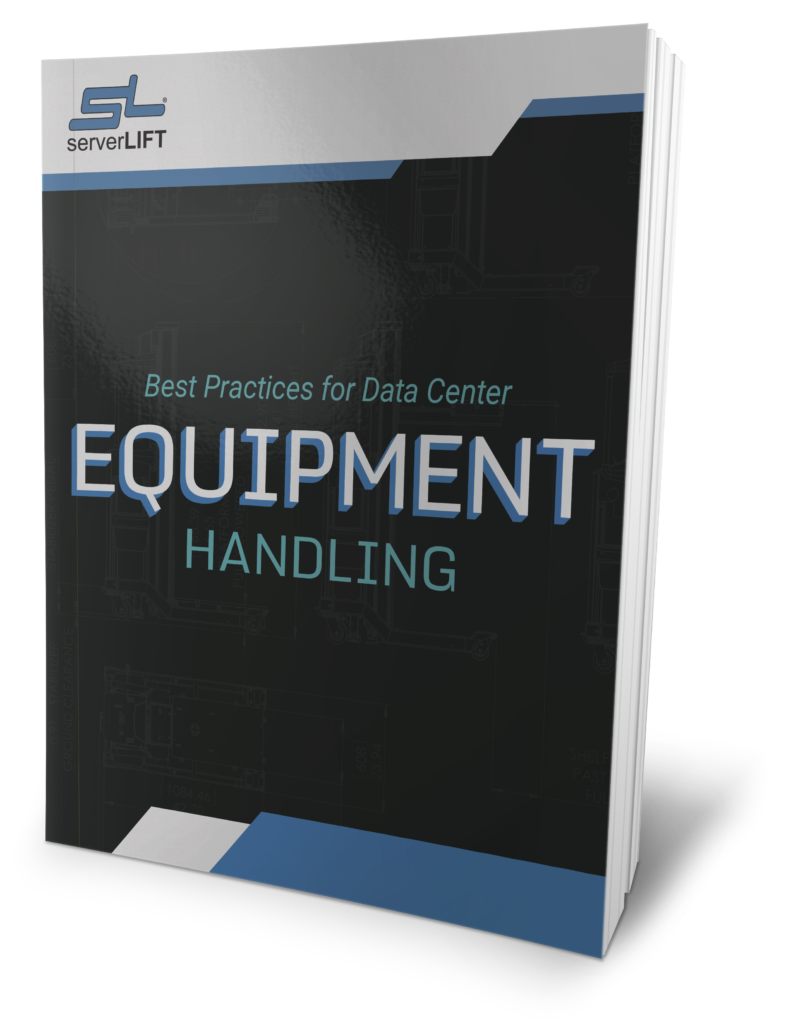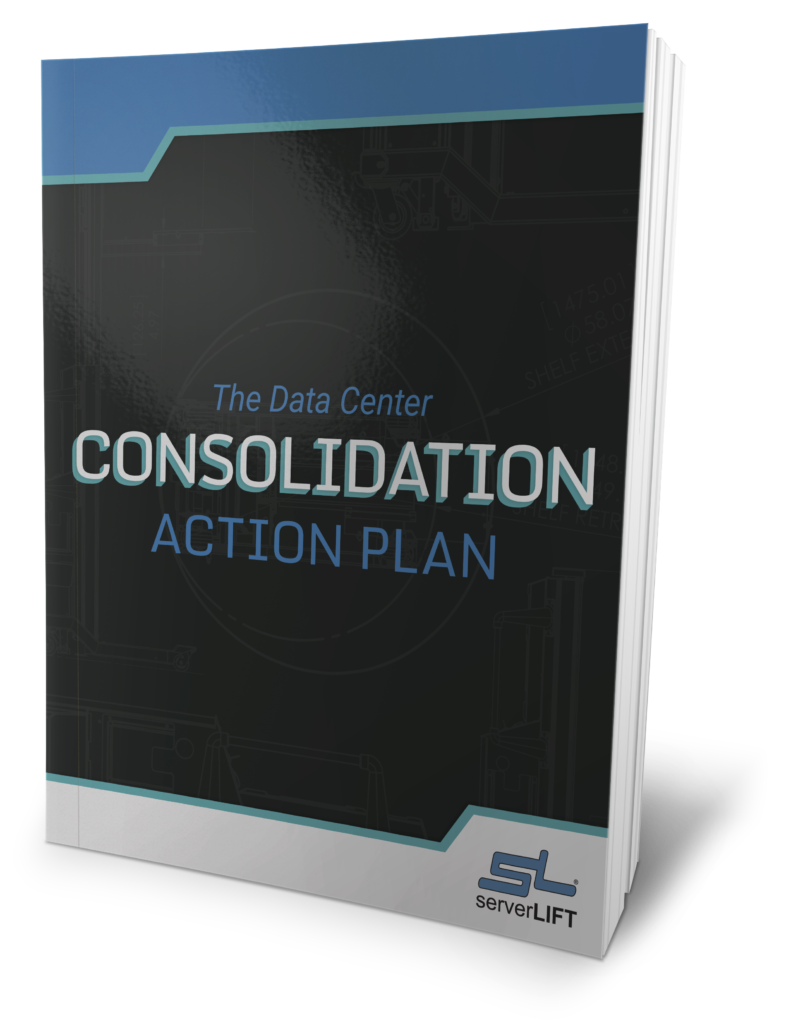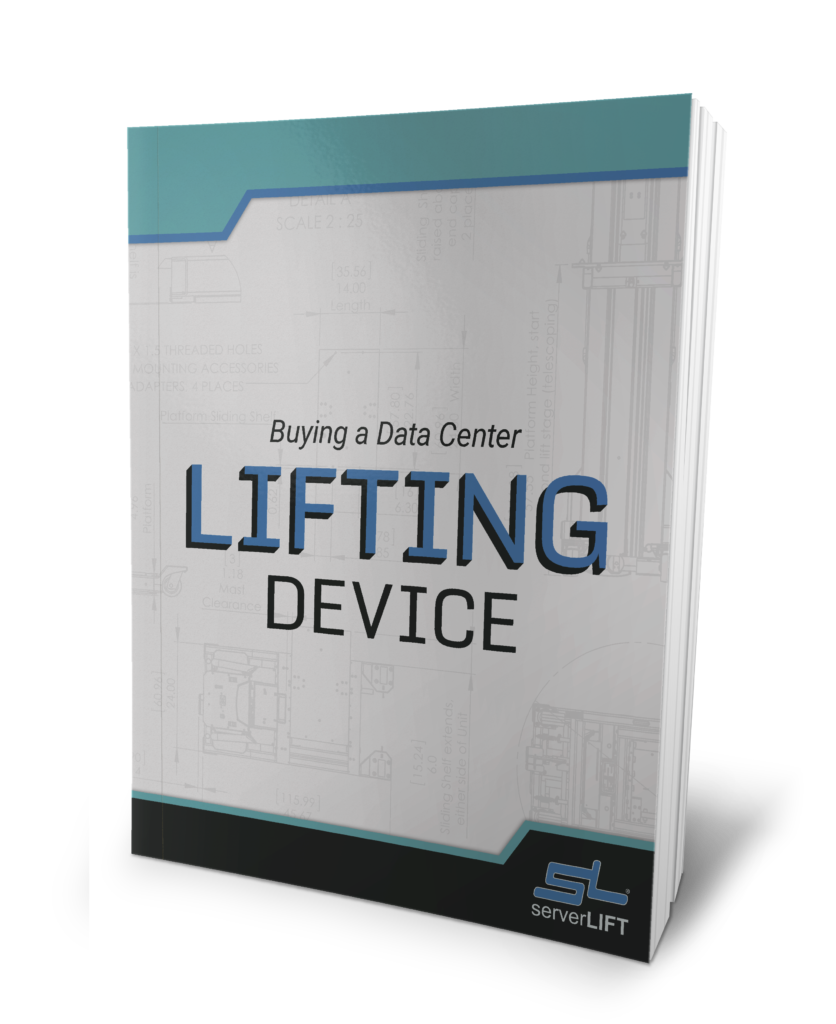Data centers face challenges beyond maintaining equipment and software to maximize uptime, including data center security.
These security threats can take many forms, but a handful of attack vectors are favored by hackers and other bad actors. The following are seven of the most common threats that data centers face.
The Data Center Security Threat Landscape
According to the 2022 Official Cybercrime Report, cybercrime costs will reach a total of $10.5 trillion by 2025. But even the costs of individual data breaches are also on the rise: As of 2021, the average price of a single breach perpetrated in the U.S. was $9.05 million. In 2023, to date that figure has reached $9.48 million.
Attacks against data centers are especially damaging because numerous businesses, along with thousands of end-users, are affected. As a result, the average cost of data center downtime is $5,600 per minute. This figure will fluctuate depending on the scale of a facility, but any data center will experience financial loss during unscheduled downtime.
The Top 7 Security Threats
1. Insider Threats
Insider threats may be initiated by employees, vendor partners, or any third-party contractors with access to a data center and its sensitive data. These threats are often classified into two broad categories: inadvertent mishaps and malicious actions.
Accidental insider threats include actions such as an employee unknowingly sharing a malicious link or disclosing confidential data to a bad actor during a phishing attack. These incidents are particularly dangerous because they often go undetected until the damage is already done.
Malicious insider threats occur when an employee or another trusted party intentionally steals, corrupts, or otherwise compromises business data, either acting alone or with the help of hackers.
The most common ways to safeguard against insider threats include implementing stringent access control measures, closely monitoring employee activity, and immediately revoking access for terminated employees upon dismissal.
2. Ransomware Attacks
Ransomware attacks have received international attention because of the significant damage they can inflict. During a ransomware attack, hackers encrypt a data center’s information and hold it hostage until a ransom is paid or the data is decrypted (if it can be). Either of these is costly not just financially, but also in downtime and in the harm done to the reputation of the data center.
Implementing dynamic disaster recovery and backup plans help safeguard against ransomware attacks. Dynamic firewalls and endpoint protection software can minimize successful ransomware attacks, and backup files allow services to be restored quickly.
Another vital preventative measure is training employees to be able to identify suspicious websites and emails that could initiate a ransomware attack.
3. Data Center Theft
Theft is another common threat to data centers. Data center equipment is valuable, making it a prime target for thieves who may want to resell the equipment or exploit it for nefarious purposes.
Enhanced physical security helps deter theft. This includes a combination of alarm systems, surveillance cameras, access controls, and onsite security personnel.
4. Supply Chain Attacks
Supply chain attacks target a facility’s vendors, maintenance contractors, and installation services. Hackers use supply chain attacks to introduce malware into the data center, steal its data, or simply disrupt its operations.
Many supply chain attacks can be avoided by ensuring that all third-party personnel are thoroughly vetted before they are granted access to data centers. The implementation of encryption and digital signatures can also help insulate data centers from supply chain threats.
5. Network Intrusion
Hackers employ numerous tactics to penetrate a data center’s network, including introducing malware and using phishing attempts. Network intrusions make data centers vulnerable to information theft, ransomware attacks, and other dangers.
Intrusion detection systems pinpoint potential breaches, and network segmentation helps to isolate and contain a breach if it occurs.
6. Physical Security Tampering
Software-based physical security systems are often more susceptible to hacking than the data center’s core network. Devices such as ID scanners, alarms, and security cameras are vulnerable to skilled hackers.
Physical security systems should be as robust as network security systems. If bad actors compromise the software systems of a data center’s physical security solutions, they will be useless.
Redundant physical security systems help ensure that if a bad actor manages to penetrate one security measure, they must still overcome others, which slows or deters would-be hackers. Each security measure works best when it is compartmentalized and capable of functioning independently of other security measures.
7. Lack Of Ongoing Training
As data center security threats evolve at an unprecedented pace, navigating the ever-changing threat landscape requires data centers to adopt a proactive approach focusing on early detection, containment, and rapid recovery.
In addition, recurring training and periodic refreshers on common threats are recommended.






